1. 操作系统简介
操作系统(Operating System,简称 OS)是我们计算机中最重要的软件之一。它负责管理和协调计算机的硬件与软件资源,为用户提供一系列服务,使他们能够完成各种任务。
这些服务包括:用户交互接口、资源分配、网络通信等。每个服务背后都有其特定的资源和运行条件支持,同时这些服务之间也存在协作关系,共同实现系统目标。
本文将重点介绍操作系统中九项核心服务:用户接口、程序执行、输入输出操作、文件系统管理、进程通信、错误检测、资源分配、系统计费与安全机制。
2. 操作系统的组成
操作系统本质上可以分为两个主要部分:内核(Kernel) 和 服务(Services)。
- 内核 是操作系统中最底层的部分,直接负责与硬件交互,抽象出硬件资源供上层使用。
- 服务 则是基于内核提供的资源,向用户和应用程序提供各种功能支持。
下图展示了操作系统在计算机系统中的位置:
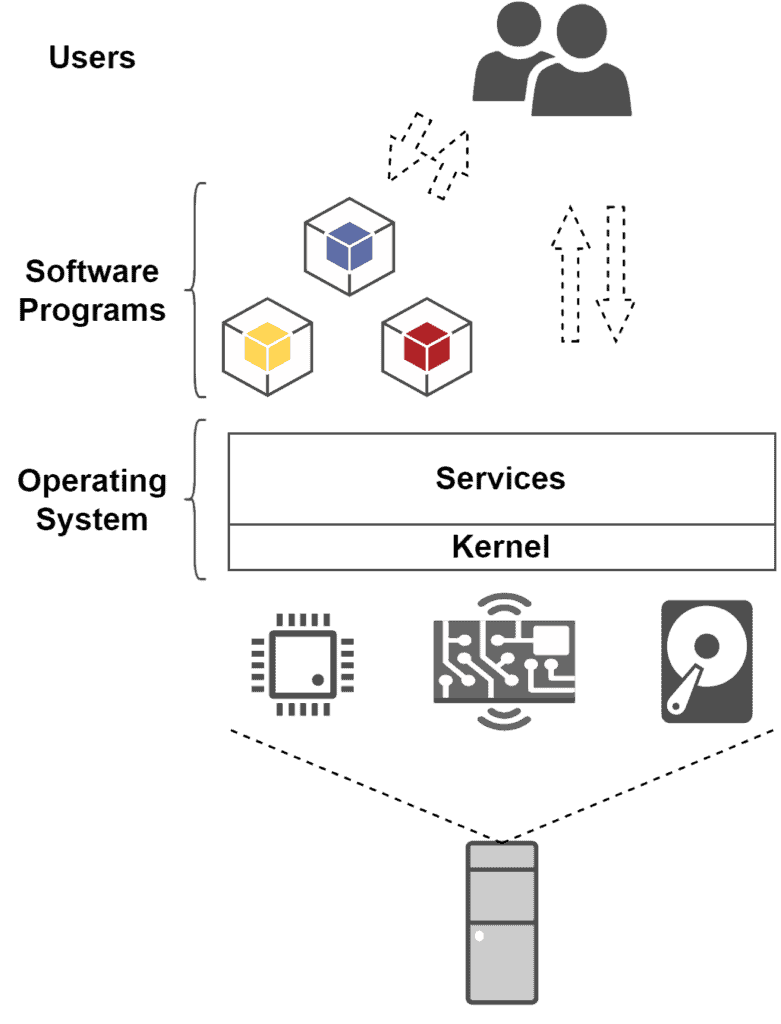
不同类型的系统(如批处理系统、实时系统等)在具体实现上可能有所不同,但其核心结构和基本服务理念保持一致。
3. 操作系统的主要服务
3.1 用户接口(User Interface)
用户接口是用户与操作系统交互的桥梁。它主要分为两种形式:
- ✅ 命令行接口(CLI):通过输入文本命令进行操作。例如 Windows 的
cmd和 Linux 的终端。 - ✅ 图形用户接口(GUI):通过图形化界面与系统交互,如 Windows 的 Metro 和 Linux 的 GNOME。
下图展示了 CLI 与 GUI 的对比:

GUI 更加直观易用,因此广泛用于通用操作系统中。
3.2 程序执行(Program Execution)
程序执行是操作系统的核心功能之一。它包括:
- 加载程序到内存
- 管理执行栈
- 进程调度(Process Scheduling)
操作系统通过这些机制让用户可以运行各种程序,满足不同任务需求。
下图展示了程序执行流程:

3.3 输入输出操作(Input/Output Operations)
用户无法直接控制输入输出设备(如键盘、鼠标、显示器等)。操作系统充当中介,通过系统调用和中断机制协调用户、程序与设备之间的数据交换。
⚠️ 注意:设备正常工作通常依赖驱动程序(Driver),它为操作系统提供与设备通信的规范。
下图展示了 I/O 操作的交互过程:
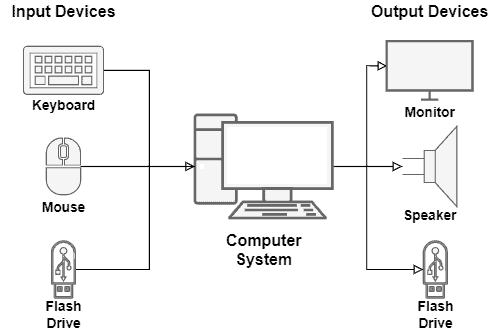
3.4 文件系统管理(File System Management)
文件系统负责在持久化存储(如硬盘、SSD)中组织和管理所有文件。用户可以通过系统提供的接口进行文件的创建、修改、删除和搜索。
此外,操作系统还控制文件的访问权限,防止未经授权的访问和修改。
下图展示了文件权限控制的抽象模型:
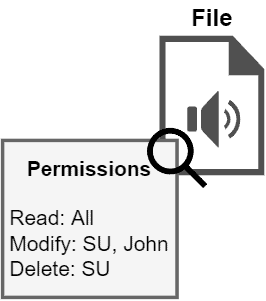
3.5 进程通信(Communications)
现代操作系统支持多个进程之间的通信,包括本地通信和网络通信。
常见的本地通信机制包括:
- ✅ 管道(Pipes):两个进程通过读写文件描述符进行通信。
- ✅ 共享内存(Shared Memory):多个进程共享一段内存区域交换数据。
对于跨网络的通信,操作系统通常提供 套接字(Socket) 接口。
下图展示了这些通信机制的结构:
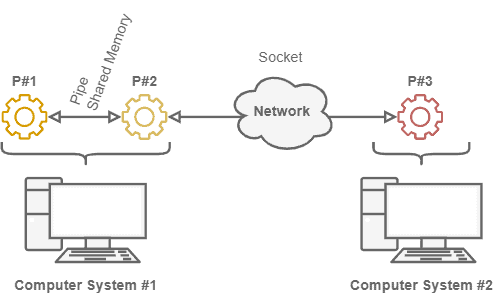
3.6 错误检测(Error Detection)
操作系统必须具备错误检测与处理机制,以防止系统崩溃或不可恢复的故障。
这些机制包括:
- 捕获异常(如内存访问错误、硬件故障)
- 提供错误码与描述
- 提示用户修复方法(如弹出错误提示窗口)
下图展示了操作系统如何处理错误场景:
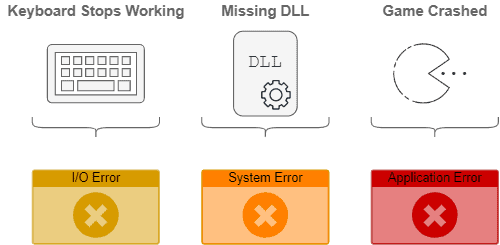
3.7 资源分配(Resource Allocation)
资源分配是操作系统管理 CPU 时间、内存、I/O 设备等计算资源的过程。
资源管理面临两个主要挑战:
- ✅ 避免“死锁(Deadlock)”:两个或多个进程相互等待资源释放。
- ✅ 避免“资源饥饿(Starvation)”:某个进程长时间得不到所需资源。
下图展示了典型的死锁场景:
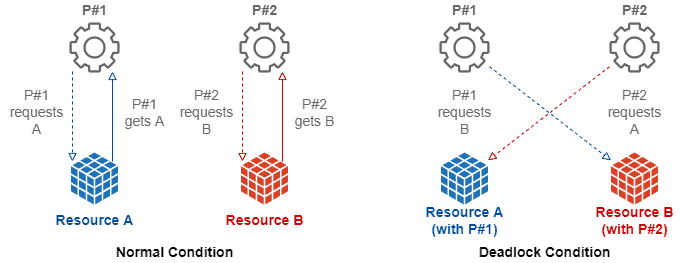
操作系统需要通过合理的调度算法来避免这些问题。
3.8 系统计费(Accounting)
系统计费是指操作系统记录用户和进程的行为,包括:
- 哪些用户运行了哪些程序
- 各进程使用了多少资源(CPU 时间、内存等)
通过这些信息,系统可以生成资源使用报告,用于性能分析或计费用途。
下图展示了一个简化的资源使用统计示例:
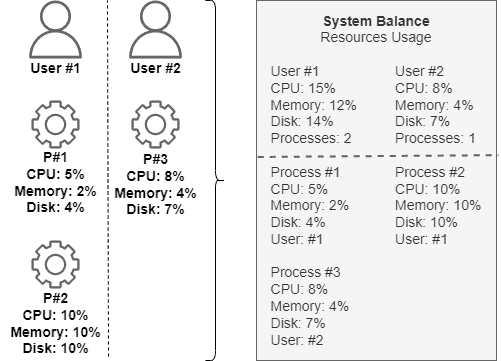
3.9 安全机制(Security)
操作系统安全主要包括两个方面:
- ✅ 进程安全:确保进程正常执行,防止其他进程干扰。
- ✅ 用户安全:确保只有授权用户才能操作资源。
操作系统通常提供认证机制(如密码登录)来验证用户身份。
下图展示了一个典型的登录界面:

4. 总结
操作系统是计算机运行的核心软件,它通过一系列服务保障系统的稳定性、安全性和高效性。本文介绍了九项关键服务:
| 服务 | 功能 |
|---|---|
| 用户接口 | 提供 CLI 和 GUI 供用户交互 |
| 程序执行 | 控制程序加载与执行 |
| I/O 操作 | 协调用户与设备通信 |
| 文件系统管理 | 组织和管理文件 |
| 进程通信 | 支持本地与网络通信 |
| 错误检测 | 防止系统崩溃并提示用户 |
| 资源分配 | 合理调度系统资源 |
| 系统计费 | 记录资源使用情况 |
| 安全机制 | 保护系统与用户安全 |
✅ 操作系统是构建现代计算环境的基础,理解其核心服务有助于我们更好地使用和优化系统资源。